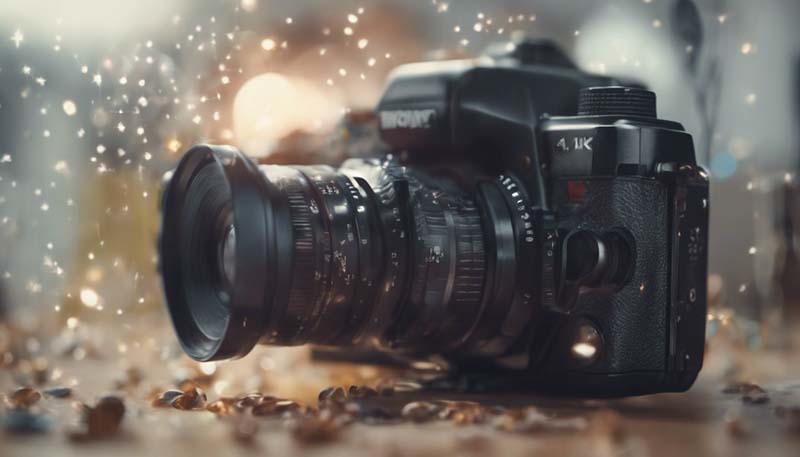Motion Graphics: Bringing Designs to Life
Introduction
Motion graphics is a powerful medium that breathes life into static designs. It combines graphic design principles with animation techniques to create dynamic visual content. This article explores the world of motion graphics, its types, the tools used, the design process, and the future of this exciting field.
Motion graphics is not just about making things move; it's about telling a story, conveying emotions, and creating an impact. It's widely used in various industries, including film, television, advertising, and web design.
The field of motion graphics is diverse, encompassing several types:Types of Motion Graphics
- 2D Animation: Traditional hand-drawn animation or computer-generated images that create the illusion of motion.
- 3D Animation: Using three-dimensional models and environments to produce more realistic and immersive animations.
- Infographics: Animated data visualizations that present complex information in an easily digestible format.
- Logo Animation: Animated versions of company logos, often used in the opening credits of TV shows or in commercials.
- Explainer Videos: Short animations that explain a product, service, or concept in an engaging way.
- Title Sequences: The animated introductions used in movies, TV shows, and video games to set the tone and style.
Tools for Motion Graphics
Creating motion graphics requires a range of software tools that can handle animation, visual effects, and rendering:
Advertisement
- Adobe After Effects: Industry-standard software for motion graphics and visual effects.
- Cinema 4D: A 3D modeling, animation, and rendering application known for its ease of use and powerful features.
- Maya: A comprehensive 3D animation software used for creating complex animations and visual effects.
- Blender: A free and open-source 3D creation suite that supports the entirety of the 3D pipeline—modeling, rigging, animation, simulation, rendering, compositing, and motion tracking.
- Premiere Pro: A video editing software that can be used in conjunction with After Effects to edit motion graphics sequences.
The Design Process
The process of creating motion graphics is a meticulous one, often involving the following steps:
- Concept Development: Understanding the client's needs and the message to be conveyed.
- Storyboarding: Creating a visual representation of the animation sequence.
- Design and Layout: Developing the visual elements such as characters, backgrounds, and typography.
- Animation: Bringing the storyboard to life with movement and effects.
- Sound Design: Adding sound effects and music to enhance the overall experience.
- Rendering: Generating the final output in a format suitable for the intended medium.
- Client Review and Revisions: Getting feedback and making necessary changes to the motion graphics.
Case Studies
Let's look at a few examples of how motion graphics have been used effectively:
- Apple's Product Launches: Apple is known for its sleek motion graphics during product launches, showcasing features in an engaging and informative way.
- BBC's Earth Series: The title sequences and motion graphics in the BBC's nature documentaries are a testament to the storytelling power of this medium.
- Nike's Marketing Campaigns: Nike's use of motion graphics in their advertising campaigns has helped to create a strong brand identity and emotional connection with viewers.
The Future of Motion Graphics
As technology continues to evolve, so does the field of motion graphics. Here are some trends and developments to look out for:
- Virtual Reality (VR) and Augmented Reality (AR): These technologies are opening up new possibilities for interactive and immersive motion graphics experiences.
- Artificial Intelligence (AI): AI is being used to automate certain aspects of the animation process, enabling designers to focus on creative tasks.
- Real-time Rendering: Advances in rendering technology are allowing for more efficient and higher-quality animations in real-time.
- Motion Graphics in User Interfaces (UI): As UI design becomes more dynamic, motion graphics are playing a crucial role in enhancing user experience.

 2024-05-24
2024-05-24 65 Comments
65 Comments